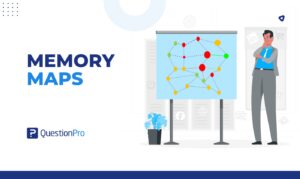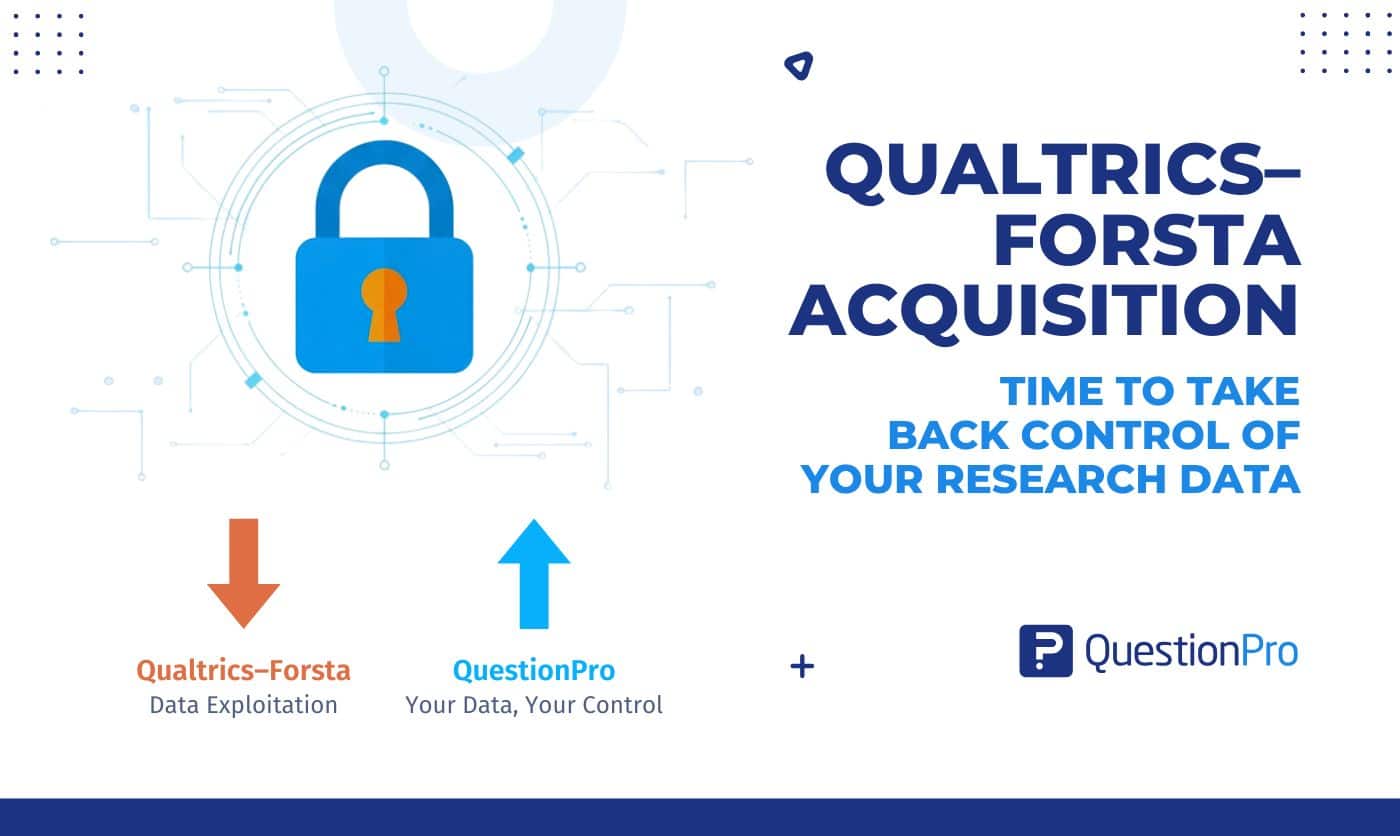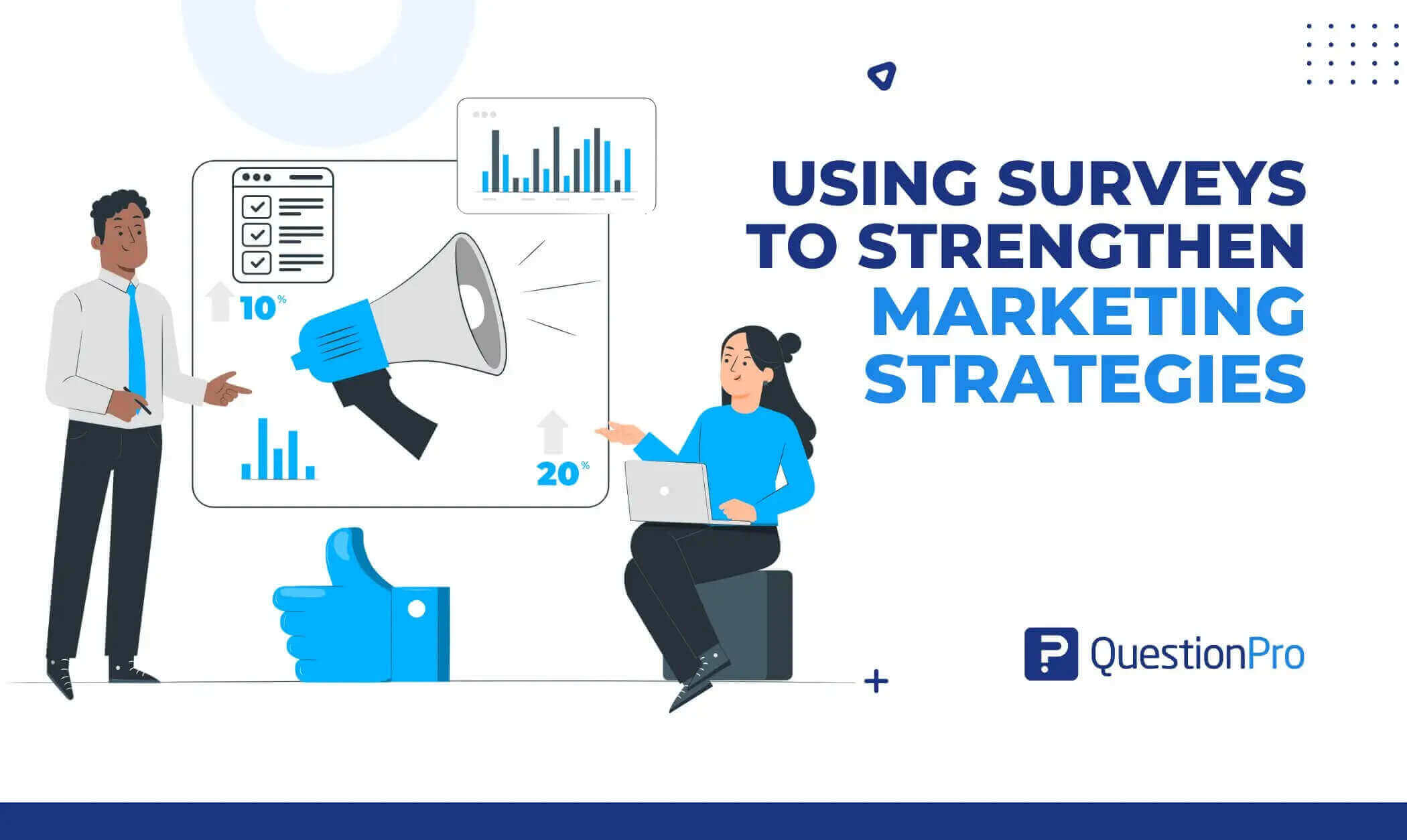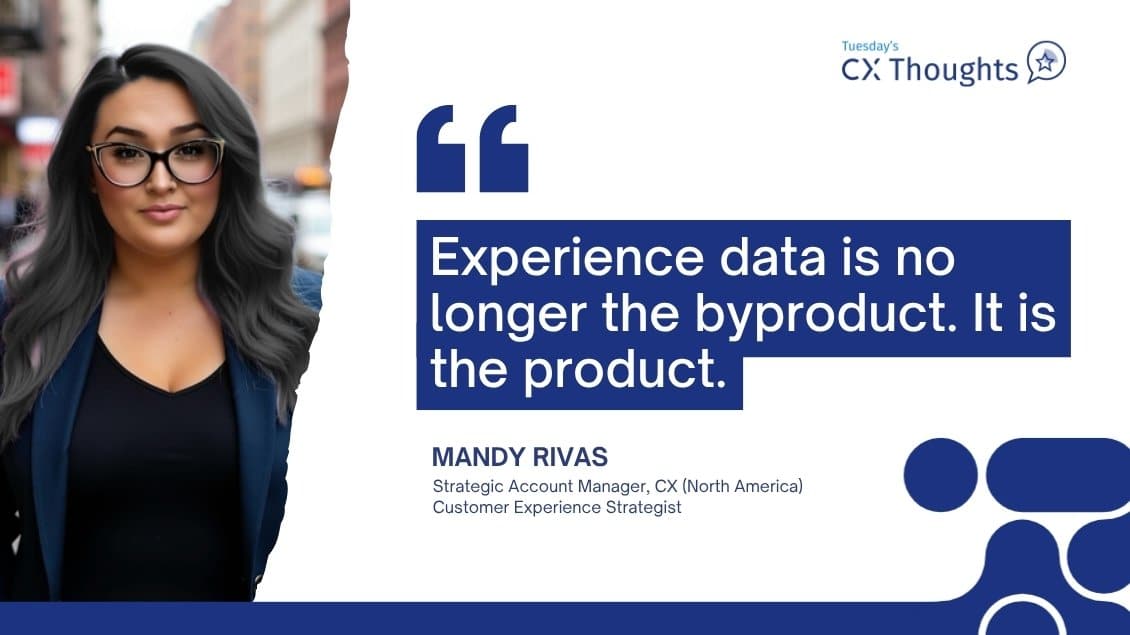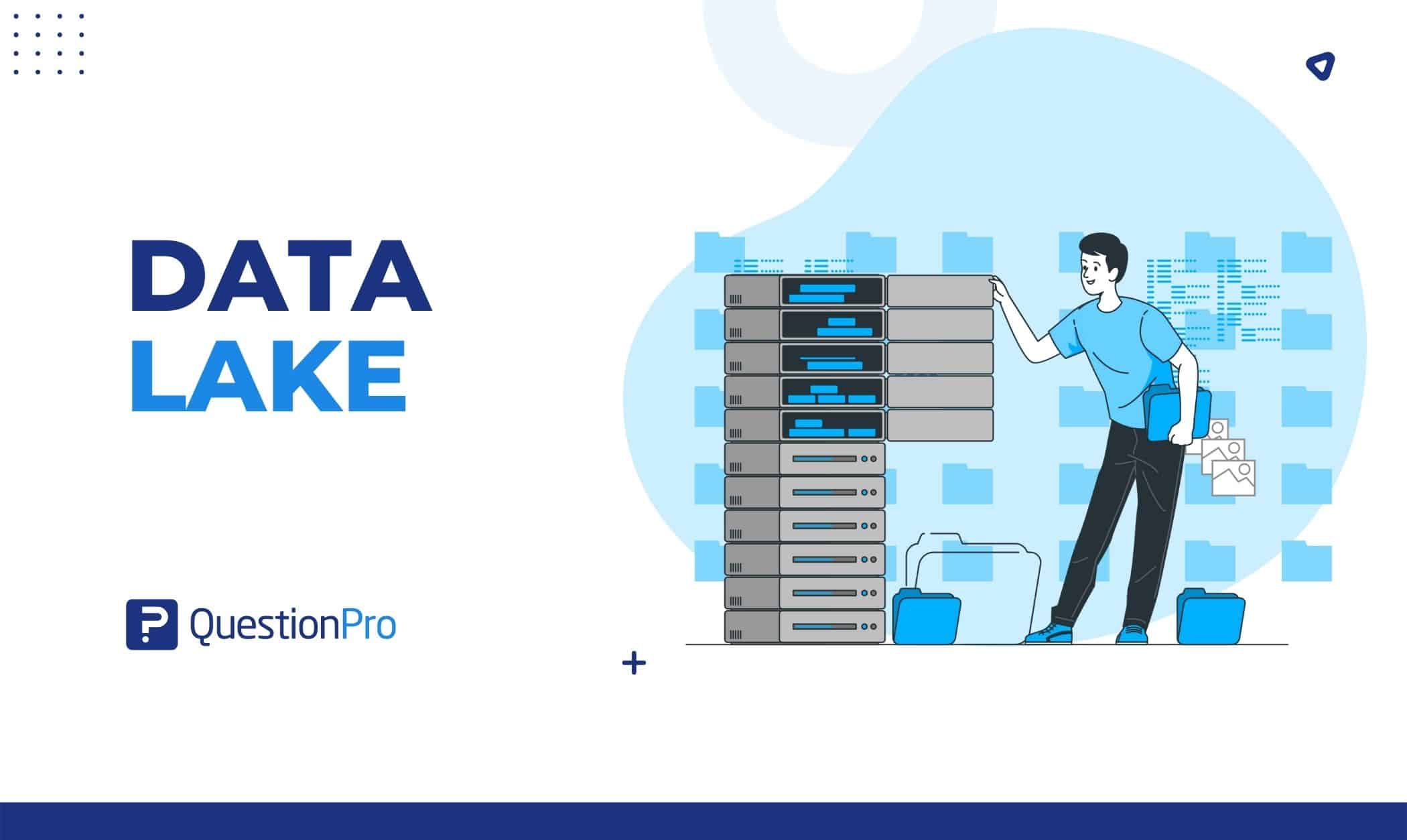
A data lake has gotten much attention everywhere in a modern storage system. Further, no, it’s not the same as data warehouses. Many people may need to become more familiar with the term data lakes, so they may wonder what they are. But people involved with data practice must have heard this word before.
The company uses a new tool to generate and process large amounts of data for operations and machine-learning projects. It is used to manage and organize an infinite amount of data.
This blog will discuss data lakes, their benefits, and how to take advantage of them. Let’s get started.
What is a Data Lake?
A data lake is a core, scalable storage repository that holds raw, unrefined big data from many different sources and systems in its original format.
To understand what data lakes are, think of it as a lake where the water is raw data that flows in from different data capture sources and is used for various internal and customer-facing purposes. It is much bigger than a data warehouse, like a house tank that stores clean water but only for one house and nothing else.
Data lakes use the load-first, use-later idea, which means the data in the repository doesn’t have to be used immediately. It can be discarded as repurposed when business needs arise.
Benefits of Data Lake
Data lakes are usually made with low-cost hardware, so they are an excellent way to store terabytes or larger amounts of data. Data lakes also offer end-to-end services that make running data pipelines, streaming analytics, and machine learning workloads easier and cheaper on any cloud by reducing time, labor, and cost.
Also, data lakes offer data scientists a wealth of raw data to explore, experiment, and develop advanced models, fostering innovation and discovery. Here are the most important benefits of data lakes and how we can take advantage of them.
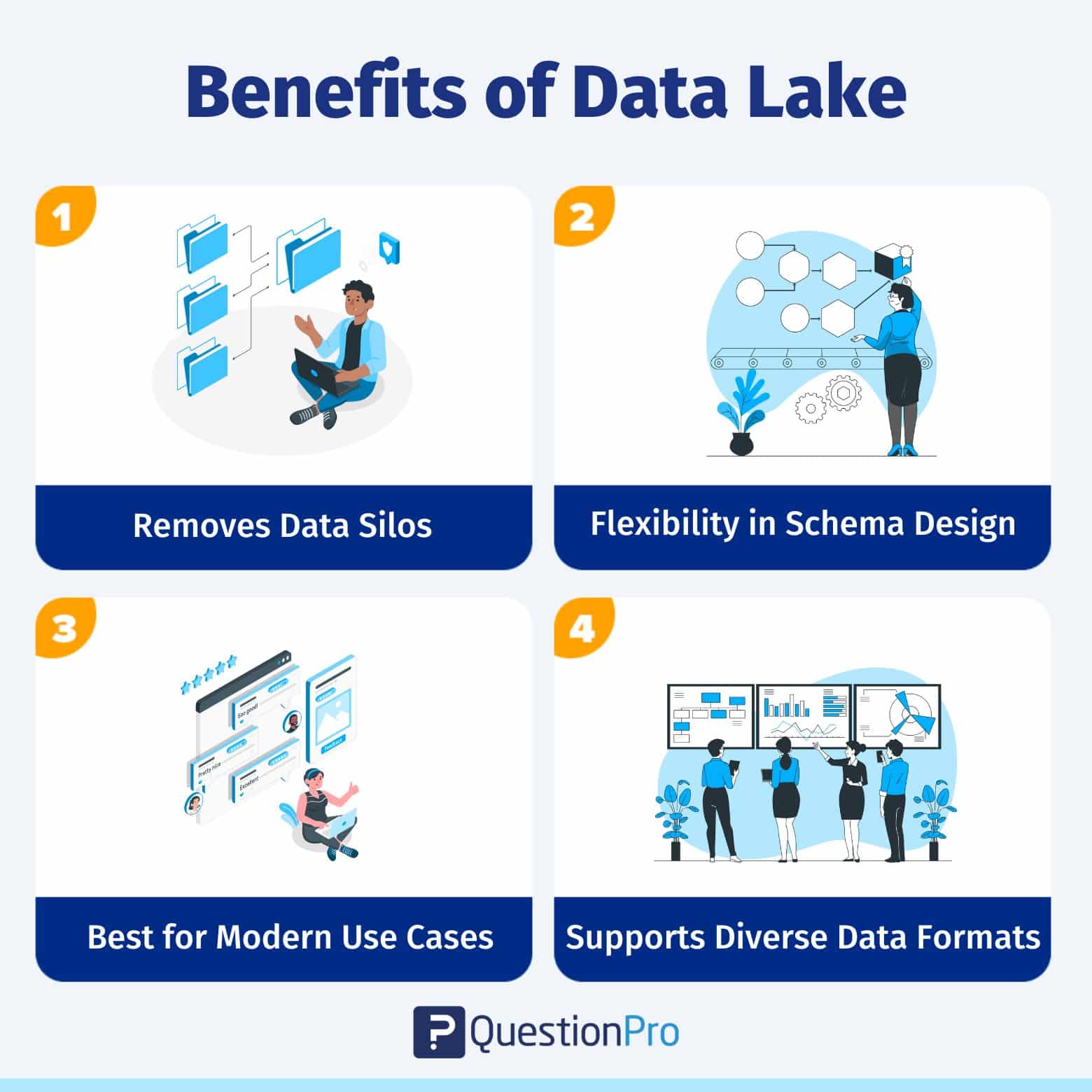
Removes data silos
For a long time, most organizations have kept their data in many different places and in many different ways without a centralized access management system. It made it hard to get to the data and analyze it in great detail.
Data lakes have changed this process and eliminated the need for data silos. A centralized data lake eliminates data silos by combining and cataloging data and providing a single location for all data sources. It makes it easier to look at vast amounts of data and figure out what they mean.
Flexibility in schema design
With data lakes, there is no longer a need for predefined schemas. Data lakes use Hadoop’s simplicity to store hordes of data in schema-less write and schema-based read modes, which helps with data consumption.
The fact that there is no need for predefined schemas that can help your organization get the most out of its data, improve security, and limit its data liability. Data lakes do this by giving your organization a cloud-based intelligence feature that gives you a low-cost, scalable, and secure way to store and analyze data in many different formats.
Best for modern use cases
Old data warehouse solutions are expensive, proprietary, and incompatible with most modern use cases. Data lakes were made to solve this problem and ensure that they could permanently be changed to fit the changing needs of most businesses.
Most companies want to use machine learning and advanced analytics on unstructured data. Data lakes offer exabyte scale scalability. Unlike data warehouses, which store data in files and folders, data lakes have the added benefit of keeping data on flat architectures and object storage.
Data can be kept in any format
One of the most significant benefits of data lakes is that they eliminate the need for data modeling during data ingestion. You can store data in a data lake in any format, such as RDBMS, NoSQL Databases, File Systems, etc. Data can also be uploaded in its original format, such as log, CSV, etc., without any transformation.
Another benefit is that the data is not tainted. It lets the company get new insights from the same historical data. Since data is stored in its raw form, it doesn’t get messed up.
The challenges of Data Lake
While data lakes can uncover insights, they also present challenges. Unresolved difficulties can prevent their benefits from being realized and create a “data swamp.” Let’s explore the biggest data lake challenges organizations face.
Data quality and reliability
The unstructured nature of data lake architecture poses challenges in maintaining data quality and reliability, potentially leading to a “data swamp.” Ensuring accurate and trustworthy data across structured and unstructured formats is essential for effective analytics.
Governance and Visibility
Data lakes can suffer from a lack of visibility and proper governance mechanisms, making it difficult to manage, track, and secure data assets. Implementing robust data management and data cataloging is crucial for maintaining oversight.
Security complexities
Securing data stored in data lake platforms, especially when deploying on cloud data lakes, presents challenges in access controls, encryption, and regulatory compliance. Data breaches and data privacy concerns must be addressed to avoid compromising sensitive information.
Performance and scalability
Data lake performance can degrade as data volumes grow due to poor data partitioning, metadata overhead, and indexing issues. Proper optimization strategies are needed to ensure efficient querying and analytics.
Balancing flexibility and structure
Striking the right balance between allowing data to be stored in its raw form and imposing some level of structure for effective analytics remains a challenge. This balance affects data usability, discoverability, and the agility of data-driven insights.
Data Lake vs. Data Warehouse
Let’s dive into the key differences between data lakehouses and data warehouses to understand how each fits into the data ecosystem.
| No | Subject | Data Lake | Data Warehouse |
| 01 | Data Structure and Schema | A data lake embraces a schema-on-read approach, allowing data to be ingested and stored in its raw format without predefining a structure. | A data warehouse employs a schema-on-write strategy, where data is structured and organized into predefined schemas before being ingested. |
| 02 | Data Variety | Data lakes provide a unified repository for all data types, ranging from traditional structured data to modern unstructured and semi-structured data, such as social media posts, images, and log files. | Data warehouses excel at handling structured data from transactional systems, making them suitable for operational reporting and business analysis. |
| 03 | Data Processing | Data lakes support diverse processing capabilities, including batch processing, real-time analytics, and machine learning. | Most data warehouses are optimized for fast SQL queries and are tailored for business intelligence and operational reporting tasks. |
| 04 | Agility and Exploration | With its schema flexibility, a data lake empowers users to explore and analyze data without upfront schema constraints, promoting agility and experimentation. | Data warehouses offer less agility when it comes to exploring new data sources or adapting to evolving data structures. |
| 05 | Cost and Scalability | Data lakes leverage scalable object storage solutions, enabling organizations to handle massive amounts of data cost-effectively. | Scaling a data warehouse can become expensive as data volumes increase, often requiring additional hardware and resources. |
How to Take Advantage of It (Use Cases)
Now that you know what a data lake is, we also discussed its benefits. You can get various advantages when using a data lake in your project or organization. Let’s discuss some use cases to learn more.
Proof of concepts (POCs)
Data lake storage is perfect for proof-of-concept projects. A proof of concept (POC) is an exercise where work is done to determine if an idea can be turned into a reality.
It can be helpful for use cases like text classification, which data scientists or data engineers can’t do with relational databases (at least not without pre-processing data to fit schema requirements). Data lake can also serve as a sandbox for other big data analytics projects.
It can be anything from making large-scale dashboards to helping with IoT apps, which usually need real-time streaming data. After the data’s purpose and value have been figured out, it can go through Extract, Load, Transform (ELT) processing to be stored in a data warehouse.
Data Backup and Recovery
Data lakes can be used as a data storage alternative for disaster recovery because they have a lot of space and don’t cost much. Since data is stored in its native format, it can also help with audits to ensure the quality of data.
It can be beneficial if a data warehouse needs to have the correct documentation about how it processes data because it lets teams check the work of previous data owners.
Lastly, since data in a data lake doesn’t have to be used immediately, it can be used to store cold or inactive data at a low cost. This data may be helpful for regulatory inquiries or new analyses in the future.
So, if we use data lakes properly, we can get a lot of advantages. For this, the only thing we have to do is utilize a data lake properly.
Conclusion
A data lake allows your business to handle new and emerging use cases. As an alternative way to manage data, a data lake allows users to use more data from a broader range of sources without having to do any pre-processing or data transformation first. With more data available, data lakes allow users to analyze all your data in new ways, which helps them find more insights and efficiencies.
Organizations worldwide use knowledge management systems and solutions like InsightsHub to manage data better, get insights faster, and use historical data more, cutting costs and increasing ROI.
The data lake is your way of organizing all the different kinds of data from many other places. And if you’re ready to start playing with a data lake, we can help you get started with QuestionPro InsightHub.
Frequently Asking Questions (FAQ)
A data lake is a centralized repository for storing diverse structured and unstructured data, maintaining its native format for flexible analysis.
A data lake implements robust governance, metadata tagging, and data quality controls to prevent data swamps, ensuring reliable and usable data.
Data Lakehouse combines data lakes and data warehouses, offering transactional storage layers for diverse analytics, data science, and reporting capabilities.
Data lake technologies encompass tools like cloud solutions, Apache Hadoop, and Apache Spark, which are essential for building, managing, and analyzing a data lake effectively.
Data lake stream integration involves using data streaming technologies like Apache Kafka to ingest, process, and analyze real-time data within data lakes.




